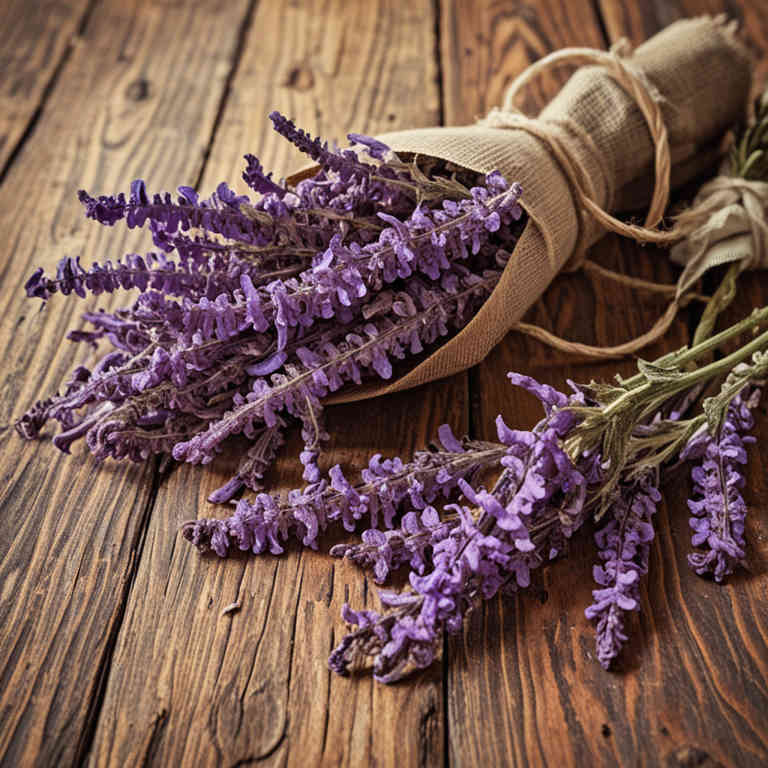Scutellaria baicalensis linctuse for medicinal use

Scutellaria baicalensis linctuse is a traditional herbal preparation derived from the root of the Scutellaria baicalensis plant, commonly known as Chinese skullcap.
It is typically prepared as a syrup or tincture and is valued for its potent antioxidant and anti-inflammatory properties. In herbalism, it is used to support respiratory health, alleviate coughs, and reduce inflammation in the throat and lungs. It is also believed to have calming effects on the nervous system, making it useful for managing stress and anxiety.
This preparation has been traditionally used in Chinese medicine for centuries to treat a variety of ailments, including respiratory infections and digestive issues.
Uses
Scutellaria baicalensis linctuse has been used to treat respiratory conditions and reduce inflammation for centuries, particularly in traditional Chinese medicine.
Historically, it was valued for its ability to soothe coughs and alleviate symptoms of bronchitis and other respiratory ailments. In traditional practices, it was often combined with other herbs to create formulations that supported lung health and cleared phlegm. Modern research has shown that its active compounds, such as baicalin and wogonin, possess anti-inflammatory and antioxidant properties, supporting its continued use in contemporary herbal remedies.
Today, it is also explored for its potential in managing chronic inflammatory diseases and as a complementary therapy in integrative medicine.
Benefits
Scutellaria baicalensis linctuse has health benefits such as anti-inflammatory, antioxidant, and antimicrobial properties.
It is traditionally used to support respiratory health and may help alleviate symptoms of coughs and sore throats. The active compounds in this preparation, including flavonoids like baicalin and wogonin, contribute to its therapeutic effects. It is also believed to have calming effects on the nervous system, potentially aiding in stress and anxiety relief.
This herbal preparation is often used in traditional Chinese medicine for its broad spectrum of health-supporting properties.
Constituents
Scutellaria baicalensis linctuse active constituents include flavonoids such as baicalin, wogonin, and oroxylin A, along with other bioactive compounds like bisbenzyl tetrahydrofuran derivatives.
These compounds are known for their antioxidant, anti-inflammatory, and antimicrobial properties. Baicalin and wogonin are particularly noted for their ability to modulate immune responses and reduce oxidative stress. The preparation is traditionally used to support respiratory health and alleviate symptoms of cough and throat irritation.
Its therapeutic effects are attributed to the synergistic action of these active constituents.
Preparation
To make Scutellaria baicalensis linctuse, first gather the dried roots of Scutellaria baicalensis, commonly known as Huang Qin.
Wash the roots thoroughly and cut them into small pieces to increase surface area for extraction. In a pot, add the root pieces and cover them with water, then bring the mixture to a boil. Reduce the heat and let it simmer for about 30 minutes to extract the active compounds.
Strain the liquid through a fine mesh or cheesecloth to remove the plant material, and then allow the liquid to cool before transferring it to a clean bottle for storage.
Side Effects
Scutellaria baicalensis linctuse may lead to gastrointestinal discomfort, including nausea, vomiting, and diarrhea, due to its bitter compounds.
It can also cause allergic reactions in individuals sensitive to plants in the Lamiaceae family. Prolonged use may result in liver toxicity, as some studies suggest potential hepatotoxic effects. There is also a risk of interactions with medications, particularly anticoagulants and antiplatelet drugs.
Users should consult a healthcare professional before using this preparation, especially if they have pre-existing medical conditions or are taking other medications.